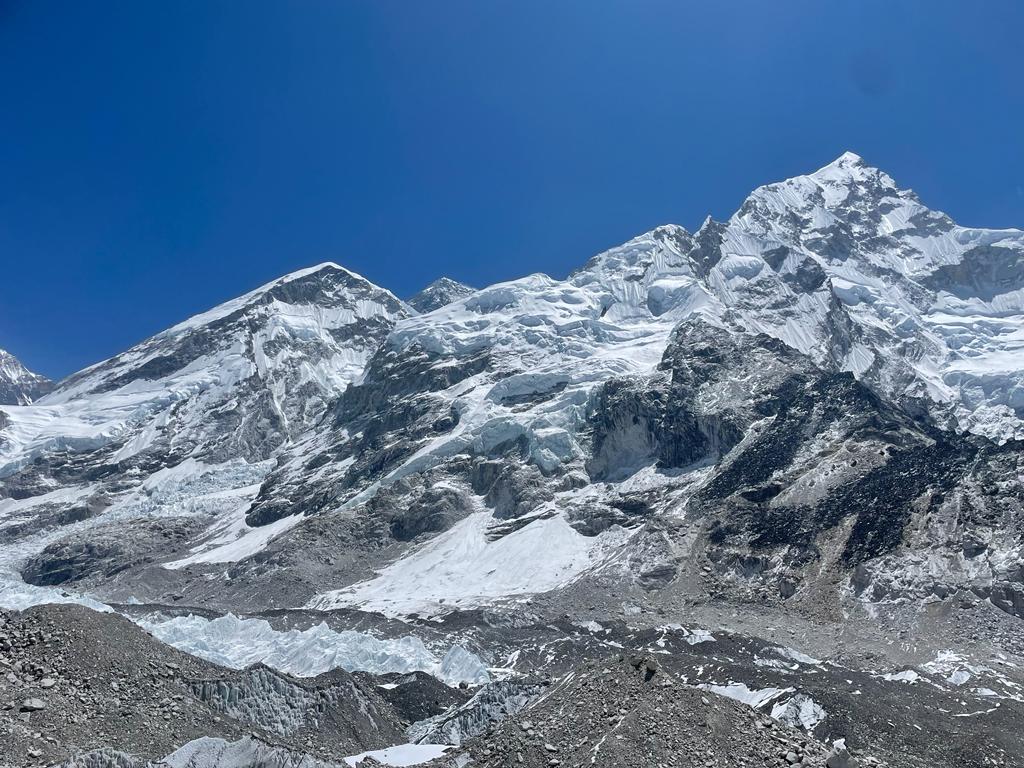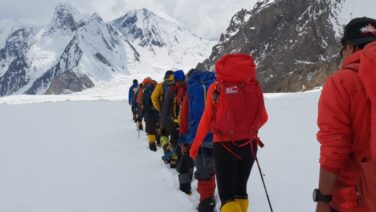Mount Everest, standing tall at 8,848 meters (29,029 feet), is the pinnacle of mountaineering achievements. It has captured the imaginations of adventurers and explorers for decades. However, ascending this iconic peak is not for the faint of heart. Mount Everest presents climbers with a multitude of challenges, demanding physical fitness, mental strength, and mountaineering expertise. Let’s delve into the difficulties one must overcome to conquer the world’s highest mountain.
- Extreme Altitude:The extreme altitude of Mount Everest poses the greatest challenge. Climbers face the effects of thin air, including reduced oxygen levels, decreased physical performance, and increased susceptibility to altitude-related illnesses such as altitude sickness, pulmonary edema, and cerebral edema. Acclimatization is crucial, involving gradual ascents and rest periods to allow the body to adapt to the thin air.
- Harsh Weather Conditions:Mount Everest is notorious for its unpredictable and treacherous weather. Freezing temperatures, high winds, blizzards, and snowstorms are common occurrences. Climbers must endure sub-zero temperatures that can plummet below -30°C (-22°F) and wind speeds that can exceed 100 km/h (60 mph). These extreme weather conditions can lead to frostbite, hypothermia, and whiteout conditions, making the ascent even more challenging.
- Technical Climbing Skills:Ascending Mount Everest involves traversing through steep slopes, icy ridges, and narrow crevasses. Climbers need advanced mountaineering skills, including ice climbing, glacier travel, rope management, and the use of specialized equipment like crampons and ice axes. Familiarity with self-arrest techniques and rescue procedures is essential in case of emergencies.
- Physiological and Mental Demands:Climbing Mount Everest demands exceptional physical fitness and mental resilience. Climbers must have excellent cardiovascular endurance, muscular strength, and stamina to withstand the physical exertion required during the ascent. The mental challenges include dealing with fear, isolation, mental fatigue, and the psychological impact of being at high altitudes for an extended period.
- Crowded Routes and Logistics:In recent years, the popularity of climbing Mount Everest has led to overcrowding on certain sections of the mountain, particularly during the climbing season. This can result in delays, increased risks, and limited resources. Climbers must navigate their way through traffic jams, wait for their turn at challenging sections, and coordinate logistics such as oxygen supply, food, and shelter.
Conclusion:
Climbing Mount Everest is an immense undertaking that requires rigorous preparation, physical and mental fortitude, and a deep respect for the mountain’s formidable challenges. The journey to the summit of Everest is a true test of endurance, resilience, and determination. Only those who possess the necessary skills, experience, and willingness to push their limits can hope to conquer this legendary peak. Mount Everest remains an iconic symbol of human achievement, and those who conquer it become part of a select group of extraordinary individuals who have dared to conquer the roof of the world.



